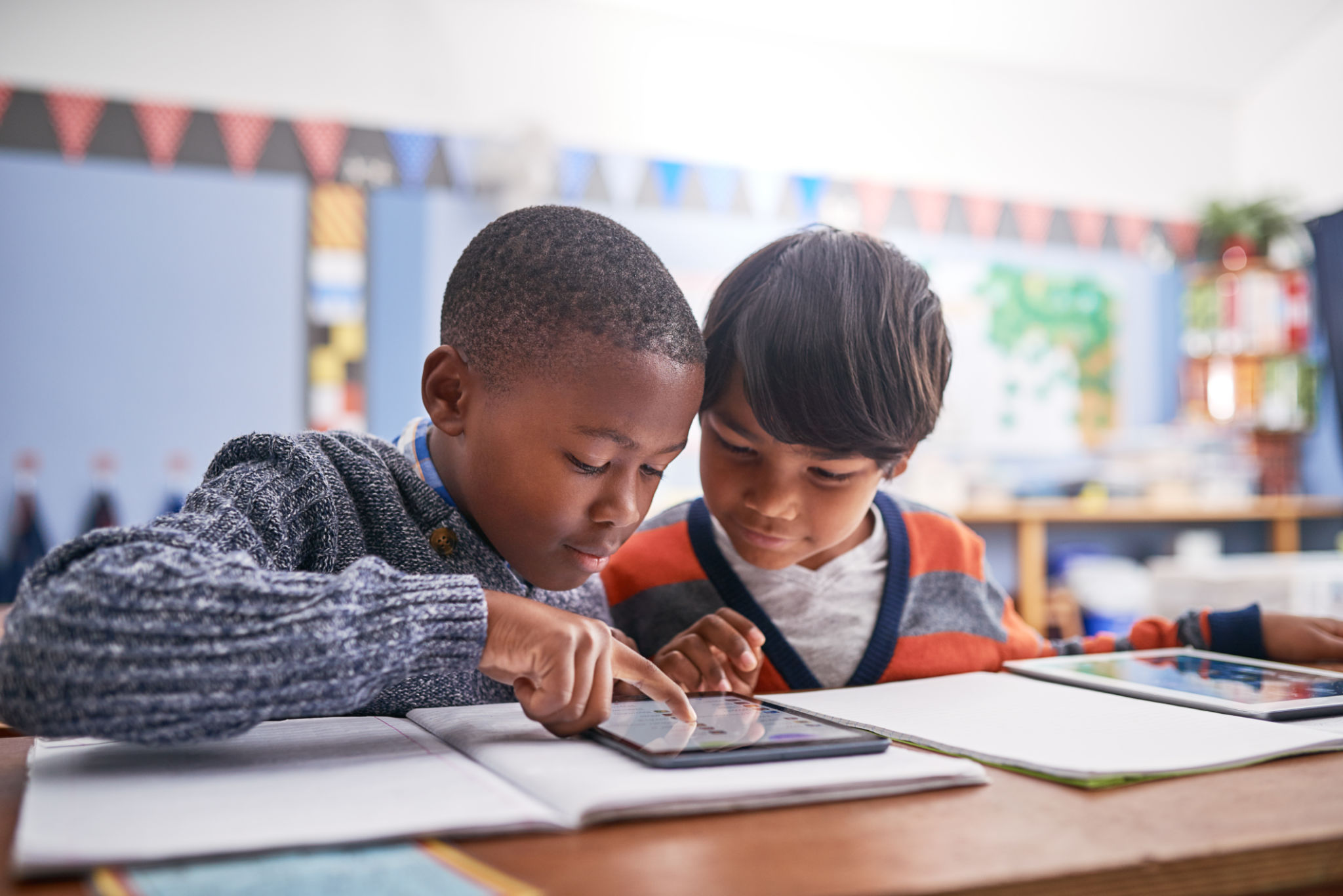Digital Lesson Planning: Tips for Creating a Paperless Classroom Environment
Embracing the Paperless Classroom
In today's digital age, the concept of a paperless classroom is becoming increasingly popular. This approach not only helps in reducing waste but also enhances the learning experience by integrating technology into everyday lessons. Transitioning to a paperless environment may seem daunting at first, but with proper planning and digital tools, it can lead to a more efficient and engaging classroom.
Adopting digital lesson planning is a significant step towards achieving a paperless classroom. By leveraging technology, educators can create a dynamic and interactive learning environment that caters to the needs of all students. Let's explore some practical tips and tools that can help teachers make this transition smoothly.

Selecting the Right Tools
Choosing the appropriate digital tools is crucial for the success of a paperless classroom. There are numerous platforms and applications available that can facilitate lesson planning, student assessments, and classroom management. Here are some popular options:
- Google Classroom: A comprehensive tool that allows teachers to create, distribute, and grade assignments seamlessly.
- Microsoft OneNote: An excellent choice for organizing lesson plans and sharing notes with students.
- Edmodo: Offers a social learning platform where teachers can connect with students and parents.
By selecting tools that align with your teaching style and objectives, you can enhance the learning experience while minimizing the need for paper materials.
Creating Engaging Digital Content
Once you've selected the right tools, the next step is to create engaging digital content. This involves designing lessons that are interactive and visually appealing to capture students' attention. Consider incorporating multimedia elements such as videos, audio clips, and interactive quizzes to make lessons more dynamic.
Utilize online resources and educational websites to supplement your lessons. Platforms like Khan Academy and National Geographic offer a wealth of information and multimedia content that can be integrated into your digital curriculum.

Organizing and Sharing Resources
An essential aspect of digital lesson planning is organizing and sharing resources effectively. Cloud-based storage solutions like Google Drive or Dropbox allow you to store lesson plans, assignments, and other educational materials in one accessible location. This enables you to share resources with students effortlessly while ensuring they have access to the necessary materials at all times.
Create folders for different subjects or topics to keep everything organized. Encourage students to use these platforms for submitting assignments or collaborating on group projects, fostering a collaborative learning environment.
Implementing Digital Assessments
Assessments are an integral part of the learning process, and going paperless doesn't mean compromising on evaluations. Digital assessments offer various benefits, including instant feedback and easier tracking of student progress. Tools like Quizizz, Kahoot!, or Google Forms enable teachers to create quizzes and tests that are both fun and informative.
These platforms often include features that allow for automatic grading, saving educators time while providing immediate results to students. This instant feedback loop is beneficial in identifying areas where students may need additional support.

Encouraging Student Participation
To successfully implement a paperless classroom, it's crucial to encourage student participation. Encourage students to engage with digital platforms by incorporating elements of gamification or interactive challenges. This not only makes learning more enjoyable but also motivates students to participate actively in their education.
Provide opportunities for students to present their work digitally, whether through presentations or online forums. This fosters communication skills and allows students to take ownership of their learning journey.
Overcoming Challenges
While there are numerous advantages to a paperless classroom, it's important to be aware of potential challenges. Not all students may have access to technology at home, so it's essential to provide resources at school or suggest alternatives when necessary. Additionally, ensure that you have a backup plan in case of technical issues or disruptions.
Addressing these challenges head-on will help create an inclusive environment where all students can benefit from digital learning opportunities.

The Future of Education
The transition to a paperless classroom represents a significant shift in educational practices. As technology continues to evolve, educators must adapt their strategies to meet the changing needs of their students. By embracing digital lesson planning and integrating technology into the classroom, teachers can create an innovative learning environment that prepares students for the future.
Ultimately, the goal is not just to eliminate paper but to enhance the overall learning experience by leveraging technology's full potential. With thoughtful planning and execution, a paperless classroom can offer endless opportunities for both educators and students alike.
